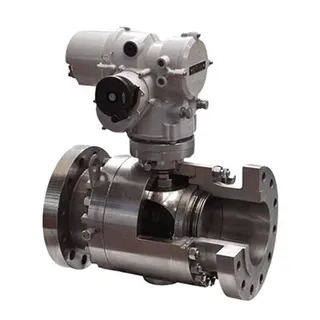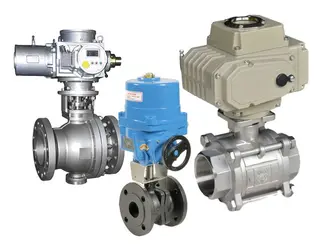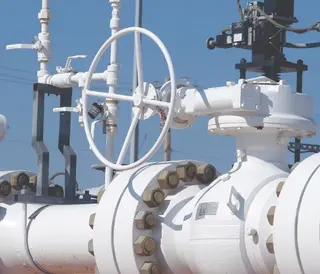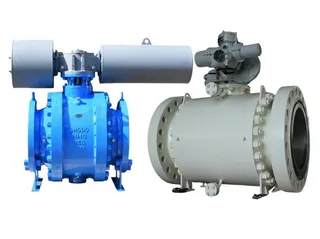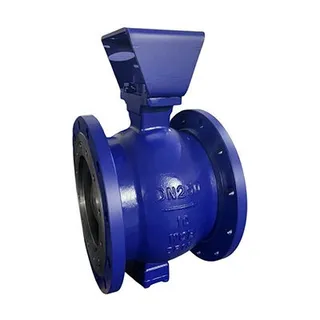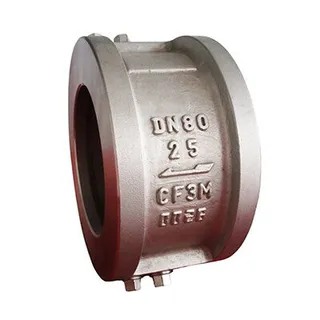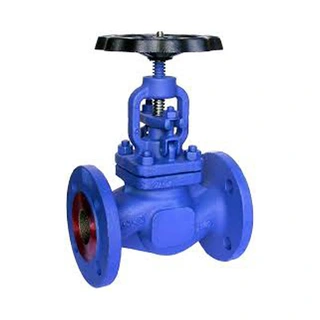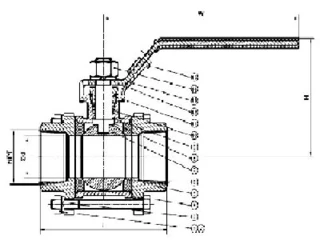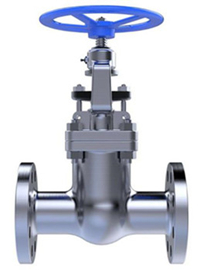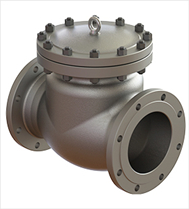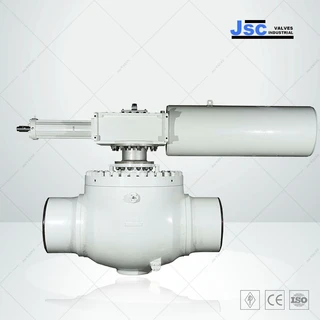Installation and Maintenance of Electric Ball Valves
Electric ball valves are widely used in industrial applications to regulate the flow of various media, including gases and liquids, with precision and reliability. To ensure long-term performance and avoid costly repairs, proper installation and daily maintenance practices are crucial. This guide provides a detailed look at both the installation process and daily maintenance requirements of electric ball valves.
Electric Ball Valve Installation Guidelines
Proper installation is essential to ensure the effective functioning and longevity of electric ball valves. Below are the key steps and considerations.
Ensure Pressure Relief: Before disassembling the ball valve, ensure that all pressure upstream and downstream of the valve has been released to avoid potential hazards.
Symmetric Reassembly: When reassembling the valve body, tighten bolts symmetrically and progressively to ensure even distribution of pressure and a secure seal.
Cleaning Agent Selection: Choose a cleaning agent compatible with all valve materials, including rubber, plastic, and metal parts, as well as the working medium (e.g., gas). Metal parts can be cleaned with gasoline (GB484-89), while non-metallic parts should be cleaned with purified water or alcohol to avoid material degradation.
Thorough Cleaning: Disassemble the valve components and immerse them for cleaning. Ensure that all grease, dirt, adhesives, and dust are fully removed to prevent contamination during operation.
Daily Maintenance of Electric Ball Valve
Routine maintenance ensures that electric ball valves operate efficiently and last longer. Below are the key steps involved in daily maintenance.
Optimal Operating Conditions: The service life of an electric ball valve is highly dependent on maintaining proper working conditions, ensuring a balanced temperature/pressure ratio, and effectively managing corrosion factors.
Fluid Pressure Awareness: When the valve is closed, fluid pressure may still be present inside the valve body. Always handle with caution during maintenance to avoid accidents.
Pre-Maintenance Preparation: Prior to maintenance, ensure that the pipeline pressure is released, the valve is in the open position, and the power or air source is disconnected. Detach the actuator from the bracket to avoid interference during the process.
Pressure Verification: Double-check that the pressure on both the upstream and downstream pipelines has been relieved before proceeding with disassembly.
Careful Disassembly: Handle parts, especially non-metallic components, with care to avoid damaging sealing surfaces. Use specialized tools when removing O-rings or sensitive parts to prevent damage.
Bolt Tightening During Reassembly: When reassembling the valve, tighten flange bolts symmetrically and gradually to ensure a uniform seal and proper functioning.
Appropriate Cleaning Agents: Ensure the cleaning agents used are compatible with the materials of the valve and the medium in use. For gas medium applications, use gasoline (GB484-89) for metal parts, while non-metallic parts should be cleaned with purified water or alcohol.
Non-Metallic Part Care: After cleaning, non-metallic parts should be removed from the cleaning solution promptly to prevent prolonged exposure that could cause degradation or damage.
Post-Cleaning Assembly: After cleaning, allow the cleaned components to air dry or wipe them with a clean, dry cloth to remove residual cleaning agent. Do not leave parts exposed for extended periods, as this could lead to rust formation or contamination.
New Parts Cleaning: Even newly received parts must be cleaned before assembly to prevent any contaminants from affecting the performance of the valve.
Prevent Contamination During Assembly: Ensure that no metal shavings, fibers, grease (except those recommended for use), dust, or other contaminants come into contact with the valve parts during assembly. If any leakage is detected, immediately re-tighten the valve rod nut to restore the seal.
Conclusion
Electric ball valves play a critical role in controlling fluid and gas flow in various industrial applications. To ensure their efficiency and longevity, proper installation and daily maintenance are vital. By following the detailed steps outlined in this guide, you can keep your electric ball valves functioning at their best, minimizing downtime, reducing repair costs, and enhancing overall system reliability. Regular maintenance, attention to detail during installation, and the use of compatible materials will ensure the optimal performance of electric ball valves over their lifespan.
Send your message to this supplier
Related Articles from the Supplier
Installation and Maintenance of Electric Ball Valves
- Dec 14, 2024
Disassembly and Maintenance of Electric Ball Valves
- Sep 03, 2025
Sealing Performance and Maintenance of Ball Valves
- Nov 12, 2025
Precautions For Installation And Use Of Ball Valves
- Dec 14, 2024
Features and Installation of V-type ball valve
- Dec 14, 2024
Related Articles from China Manufacturers
The Differences Between Ball Valves and Globe Valves
- May 10, 2019
Common Faults and Maintenance of Valves
- Sep 28, 2022
Application of Small Electric Ball Valves
- Jul 31, 2022
Maintenance and Quality Standards of Gate Valves
- May 14, 2021
Related Products Mentioned in the Article
Zhejiang Kosen Valve Co., Ltd.
- https://www.kosenvalve.com/
- Address: Dongou Industrial Zone, Oubei, Wenzhou, Zhejiang, China
- Phone: 86 577 5798 7171
- Business Type: Industry & Trading, Manufacturer,
Supplier Website
Source: https://www.kosenvalve.com/installation-and-maintenance-of-electric-ball-valves.html

